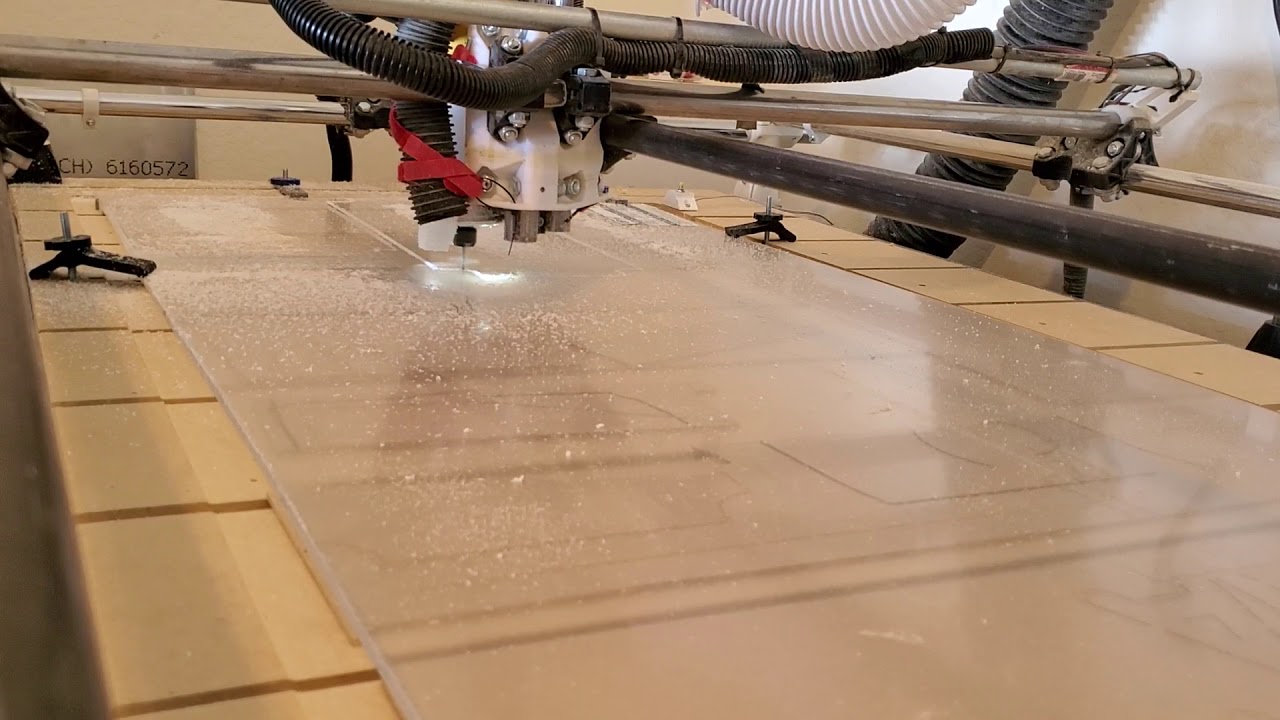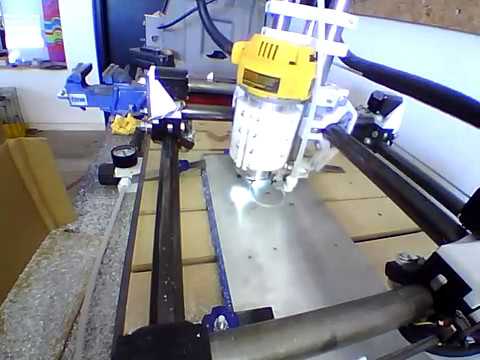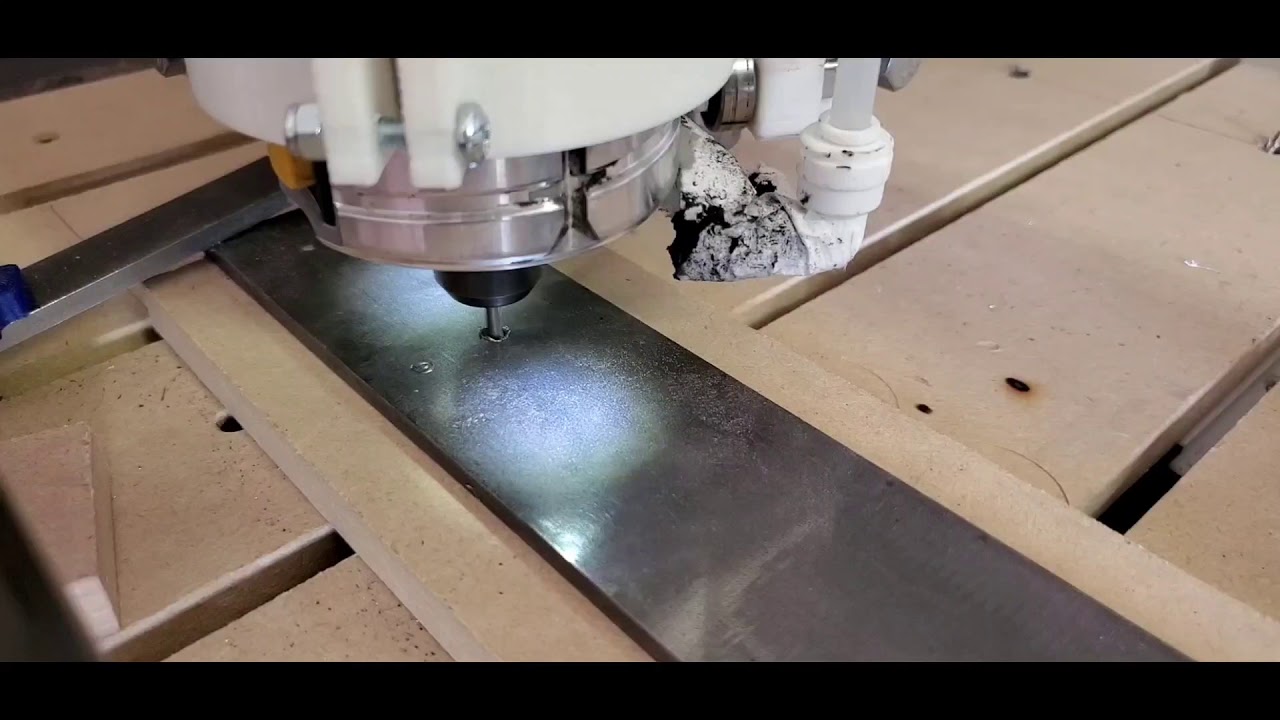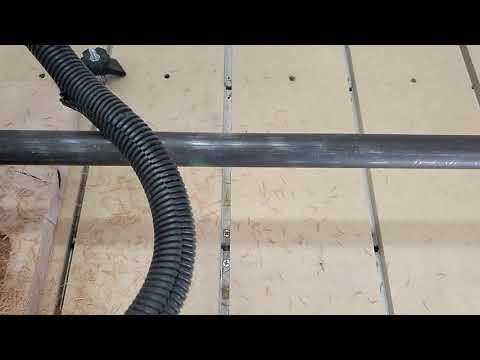These two requirements seem like the hardest to meet. I would decide which one is more important to you and either make a 18x18x3" aluminum build or a 30x30x3" wood build. Once you have a machine for a while, you will quickly learn what is important to you, and decide if you need a second MPCNC, a Low Rider, or some expensive workhorse.
The preferred SKR used here is the Skr Pro v1.2. The mini is different and the 2.0 has not been picked up for use here. The Skr Pro v1.2 is a great board for many things, including an MPCNC.
This machine will be yours and you can do what you like with it. The goal of the docs and Ryan’s advice is to have a “yellow brick road” you can follow to have some success. This includes using Marlin firmware. You will have a good chance at success, but a grbl board, either the esp32 variety or just a CNC shield will work fine.
My recommendation is to just try it with PLA first. It is a very rigid material, and very inexpensive. Things like PETG are more flexible and work. Nylon is not something I’ve used, but my impression is that it can be a pain to print and is expensive.
This really is a “Choose your own adventure” project. But if you are looking for no nonsense, reliability, and to hit the ground running, then you should follow the yellow brick road, get a kit from the store, follow the estlcam basics and consider the machine an investment in your brain. Once you’ve spent a few dozen hours on the machine, you will be able to tell where to go next (moar v1 machines, bigger CNC machines, etc.). You may also decide to change the size, replace the controller, or spindle, or print some parts in nylon, but you will do that with the first hand knowledge of using the MPCNC for your business.
Just don’t fall for the hype. You don’t have to spend thousands to have a machine that can make you money and you don’t have to buy expensive software to control a 3 axis router. Any CNC router will have failed workpieces. Any CNC operator has a lot to learn. I would rather learn and make those mistakes on a $500 machine than a $10,000 machine. The $10,000 machine can probably cut bigger items in metals, and it can probably cut faster, but not 20x faster.
You will need a healthy dose of confidence and some patience. It sounds like you’ve got that already.



